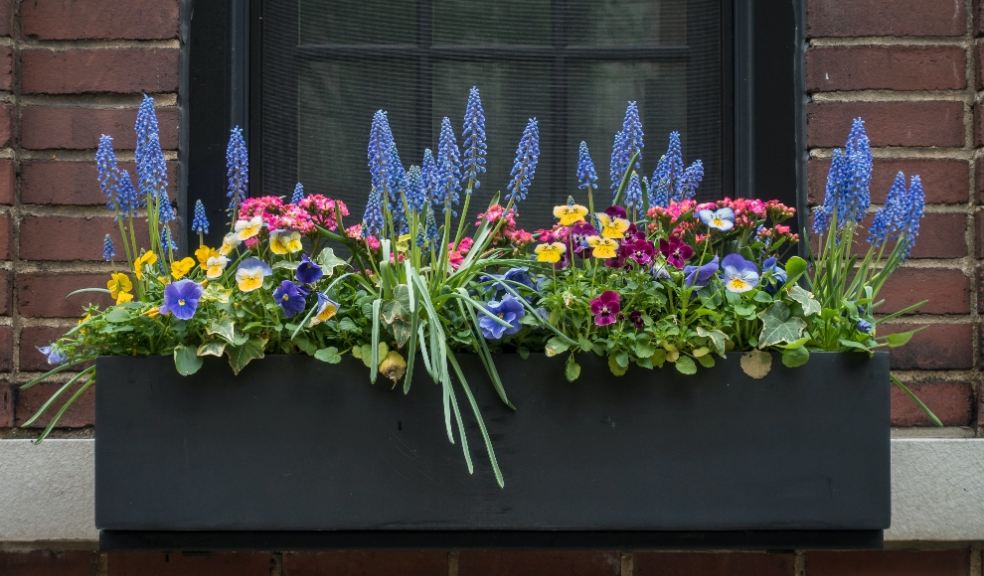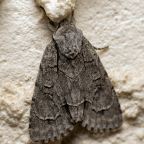
What Is The Best Material For Outdoor Planters?
You've meticulously chosen the perfect plants for your outdoor space. Vibrant flowers, lush greenery, maybe even a little herb garden–you're ready to create a container garden masterpiece. But wait! There's one crucial element you haven't considered yet: the planter.
The planter you choose isn't just about aesthetics (although that's important too). It plays a vital role in your plant's health and survival. So, before you rush out and grab the first pretty pot you see, let's delve into the world of outdoor planter materials.
The Contenders: A Rundown of Popular Options
There's a whole host of outdoor planter materials to choose from, each with its own advantages and disadvantages. Here's a breakdown of the most common contenders:
Terracotta
Classic and affordable, terracotta pots are a popular choice. They're breathable, which helps prevent root rot, and come in various styles. However, they're prone to cracking in freezing temperatures and can dry out soil quickly, especially in hot and dry climates.
Wood
Wooden planters lend a natural, earthy vibe to your outdoor space. Cedar and redwood are popular choices due to their rot-resistant properties. However, wood requires regular maintenance to prevent rot and ensure proper drainage.
Ceramic
Similar to terracotta in appearance, ceramic planters are often glazed. This makes them more water-retentive but also heavier and pricier. Glazed ceramic is less susceptible to staining, a plus for brightly coloured pots.
Plastic
Lightweight, affordable, and available in a rainbow of colours, plastic planters are a convenient option. However, they can crack over time and, depending on the quality, may leach harmful chemicals into the soil. Look for BPA-free plastic if you go this route.
Fibreglass
Known for its durability and versatility, fibreglass can mimic the look of other materials like stone or metal. It's lightweight, weather-resistant, and retains moisture well. The downside? Fibreglass planters can be more expensive than other options.
Metal
Think rustic charm! Metal planters, particularly copper or galvanized steel, add a unique touch to your garden. They're incredibly durable but can heat up significantly in direct sun, potentially harming your plants.
Stone
For a touch of timeless elegance, stone planters are a showstopper. Granite, for example, is incredibly durable and weather-resistant. But be prepared for the hefty price tag and weight–these planters aren't exactly mobile.
You may visit Flower Window Boxes or similar providers for a wide selection of pre-made window boxes and expert advice on creating your own stunning window displays.
Beyond the Basics: Factors to Consider When Choosing a Planter Material
Now that you know the main players in the world of outdoor planter materials, it's time to consider some key factors that will influence your decision:
Climate
Does your area experience harsh winters with freezing temperatures or scorching summers? Terracotta might crack in freezing conditions, while metal can scorch roots in intense heat. Consider these extreme weather conditions when choosing your planter material.
Plant Needs
Different plants have different watering requirements. Clay pots, for example, breathe more, allowing for faster drainage, which might be ideal for drought-tolerant plants.
Moreover, glazed ceramics or fibreglass retain moisture better, suiting plants that prefer consistently damp soil. Consider plant growth and how the planter material will affect it.
Drainage
Proper drainage is essential to prevent root rot. Ensure your chosen planter, whether it's a plastic pot, ceramic pot, or any other type, has drainage holes, or create them yourself if necessary. Excess water can be detrimental to plant health.
Weight
Consider how often you might need to move the planter. Plastic and fibreglass are lightweight, while stone and terracotta can be backbreakers.
Style
Don't forget about aesthetics! Choose a planter material that complements your overall garden design and personal taste. There's a wide range of options available to suit any style, from classic terracotta to modern fibreglass.
Making the Right Choice: A Material Matchmaker
Feeling overwhelmed by all the outdoor planter material options? Here's a quick guide to help you match your needs with the perfect material:
- For sunny locations with drought-tolerant plants: Terracotta, clay pots, or unglazed ceramic.
- For moisture-loving plants: Glazed ceramic, fibreglass, or self-watering planters.
- For a lightweight and affordable option: Plastic (choose BPA-free).
- For a durable and stylish choice: Fiberglass or metal (with caution in hot climates).
- For a classic and natural look: Terracotta, wood (with proper maintenance), or stone (if you're prepared for the weight and cost).
Prolonging Your Planter's Life: Care and Maintenance Tips
No matter what material you choose, proper care will extend the lifespan of your container garden. Here are some general tips:
- Drainage holes are essential: Regularly check for clogs and ensure water flows freely from the drainage holes of your flower pots, plant pots, or whichever type of planter you're using. Excess water can lead to root rot.
- Clean your planters regularly: This prevents the build-up of algae, mould, and mineral deposits on your garden planters.
- Protect your planters from harsh weather conditions: Bring them indoors during freezing temperatures or cover them with frost cloth. Harsh weather can damage some planter materials.
- Treat wooden planters: Apply a coat of sealant or stain periodically to protect the wood from rot and moisture damage.
- Store plastic planters indoors during winter: Extreme cold can make plastic pots brittle and prone to cracking.
Final Thoughts
There you have it! With a little planning, you can find the perfect planter match for your green thumb. Remember, happy plants make a happy gardener (and a stunning outdoor space). So, grab your gloves, choose your planter, and get ready to watch your container garden bloom!











